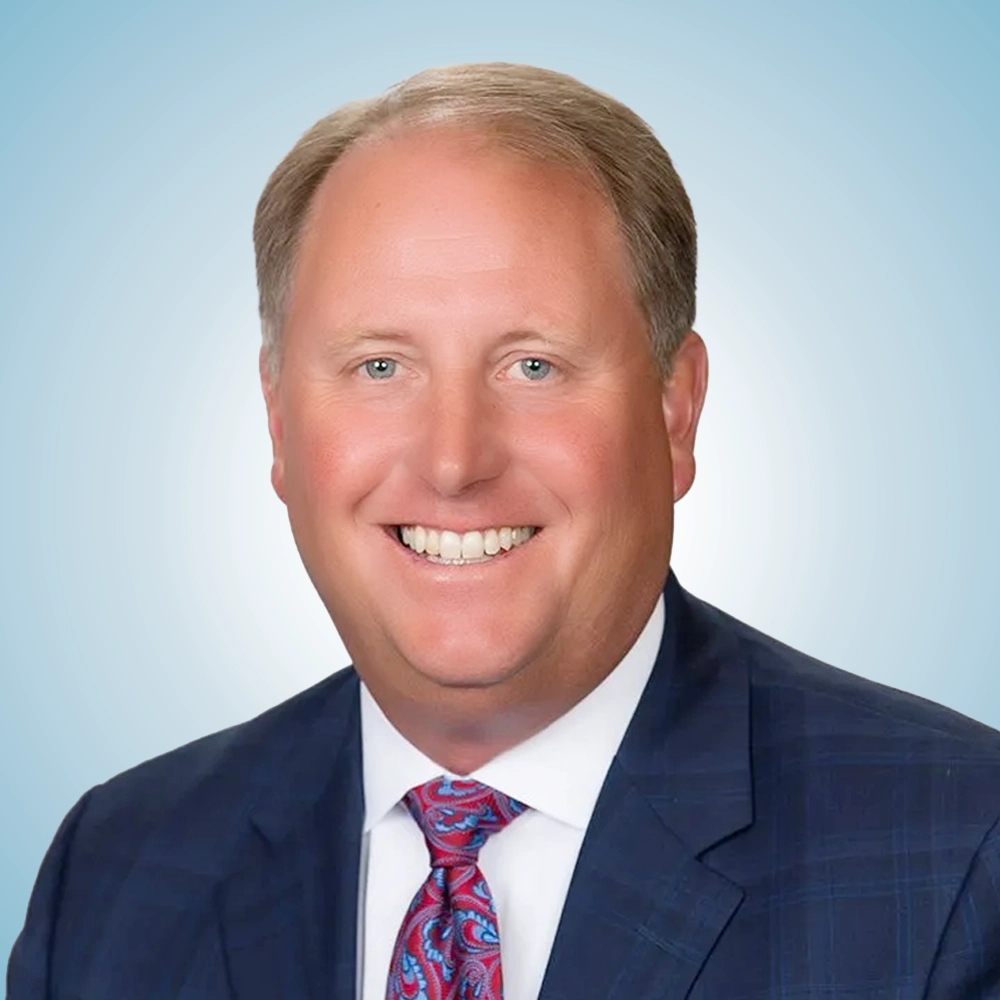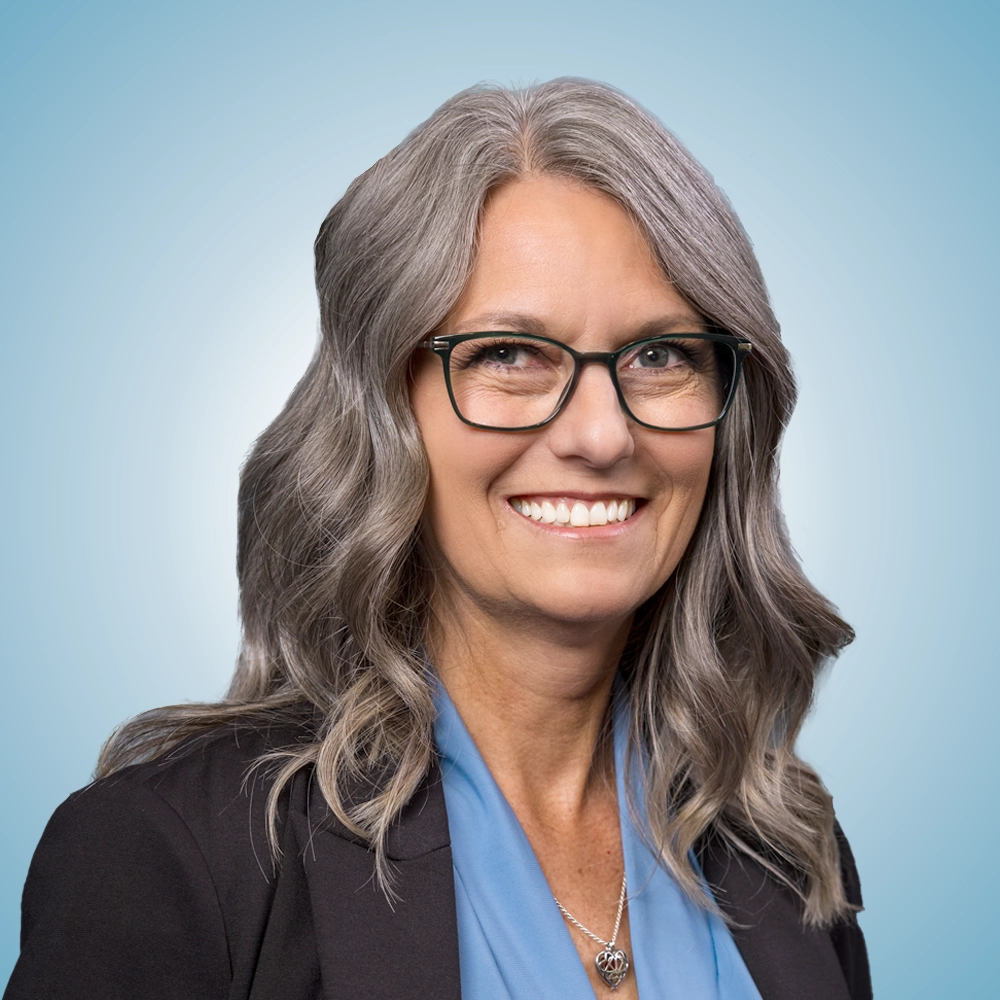Strategic Underwriting: The Bedrock of Successful Self-Insured Groups

Featuring insights from Scott Gaffner, CRM, CIC
Chief Underwriting Officer at PATH
Why Strategic Underwriting Matters
In a recent episode of the Self-Insurance Podcast, Scott Gaffner, Chief Underwriting Officer at PATH, shared expert insights on the critical role of strategic underwriting in self-insured groups. With more than 30 years of experience, Scott highlighted how a proactive approach to underwriting reduces risk and strengthens collaboration—particularly for group members. “Underwriting is at the core of a self-insured group because any member effectively becomes a business partner with everyone else.”
Underwriting as a Foundation
Underwriting is more than a financial exercise—it’s a strategic alignment tool. According to Scott, effective underwriting identifies members who are genuinely committed to workplace safety and collaborative risk management. “They recognize they have skin in the game.”
This mindset encourages members to take shared responsibility for safety practices and claims management—two essential pillars for long-term success.
The Benefits of Self-Insured Groups
While not every business is large enough to self-insure independently, joining a self-insured group can unlock major advantages:
- Lower Cost of Ownership
“The self-insured group model is the lowest cost of ownership for members,” Scott explained. - High Standards and Accountability
“95% of self-insured groups are well run. They self-police effectively and prioritize caring for injured employees.” - Active Participation
Unlike traditional insurance, group members are deeply involved in managing their own risks.
Debunking the “Too Risky” Myth
Some brokers caution against self-insurance due to perceived risks. Scott’s response is clear: “It’s too risky not to be in a self-insured group.”
Traditional insurance models may not align with your business’s best interests. Self-insured groups offer regulatory oversight that ensures employers stay accountable and employees receive timely care.
Lessons from Experience
Scott emphasized that the most successful self-insured groups remain mission-driven. “The mission is to take care of injured employees.”
Groups that lose sight of this often struggle. He also warned against focusing solely on upfront pricing: “If someone tries to be the cheapest every year, the model doesn’t work that way. You can’t overpay in a self-insured group because the members own the surplus.”
Understanding the Experience Modification Rate (XMOD)
XMOD reflects your claims history relative to the industry average and is expressed as a percentage. 100% equals the industry average:
- Average = 100%
- Better than average = 99% or less
- Worse risk = 101% or higher
Scott cautioned that some traditional insurers attract clients with unsustainably low rates: “That low premium often isn’t enough to cover losses.”
A strong XMOD lowers premiums over time and enhances your standing with underwriters.
The Power of Collaboration
Group success depends on alignment. Scott stressed that all parties—members, boards, administrators—must be unified around the mission: “Everyone needs to be aligned with the mission.”
Ongoing communication between stakeholders reinforces this alignment and supports better outcomes.
Don’t Wait for a Hard Market
Many operators mistakenly believe that self-insurance is only advantageous during a hard market. Scott disagreed: “That’s an inaccurate way to look at it.”
The benefits of self-insurance—control, cost-efficiency, and employee care—are consistent regardless of market conditions. Self-insurance has consistently performed across all market conditions for more than 108 years in California.
Partner with Experts
At PATH, we help groups and business leaders navigate the complexities of workers’ compensation with confidence. Our team ensures that underwriting is tailored to each member’s unique situation and supports long-term group success. “We underwrite to the current situation.”
Ready to Explore Self-Insurance?
If you’re considering the self-insured group, we’re here to help. Contact us today to learn how strategic underwriting and expert guidance can put you on the PATH to lower costs, safer workplaces, and stronger employee care.












